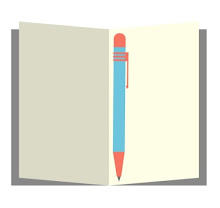Back to Square One ↶
What is an Idiom?
"An idiom is an expression that has a particular meaning (as a group of words) that is different from the definitions of each individual word on its own."
There are many idioms in English to explain something, some are used more often than others.
One of the idioms used in English is 'Back to Square One', which means one has to start their plan again from the beginning because their previous attempt was completely unsuccessful.
Here are some examples:
- My colleague failed to impress the managers with his project, so he is back to square one.
- I accidently deleted all my files from my computer, which means I am back to square one with my presentation.
- After all that hard work preparing for my presentation, I am back to square one because I forget to save it before shutting down the computer.
- He always finds himself back to square one with his ideas about starting a new company.
- I hope I do not find myself back to square one, having spent a lot of time researching the subject for my presentation.






